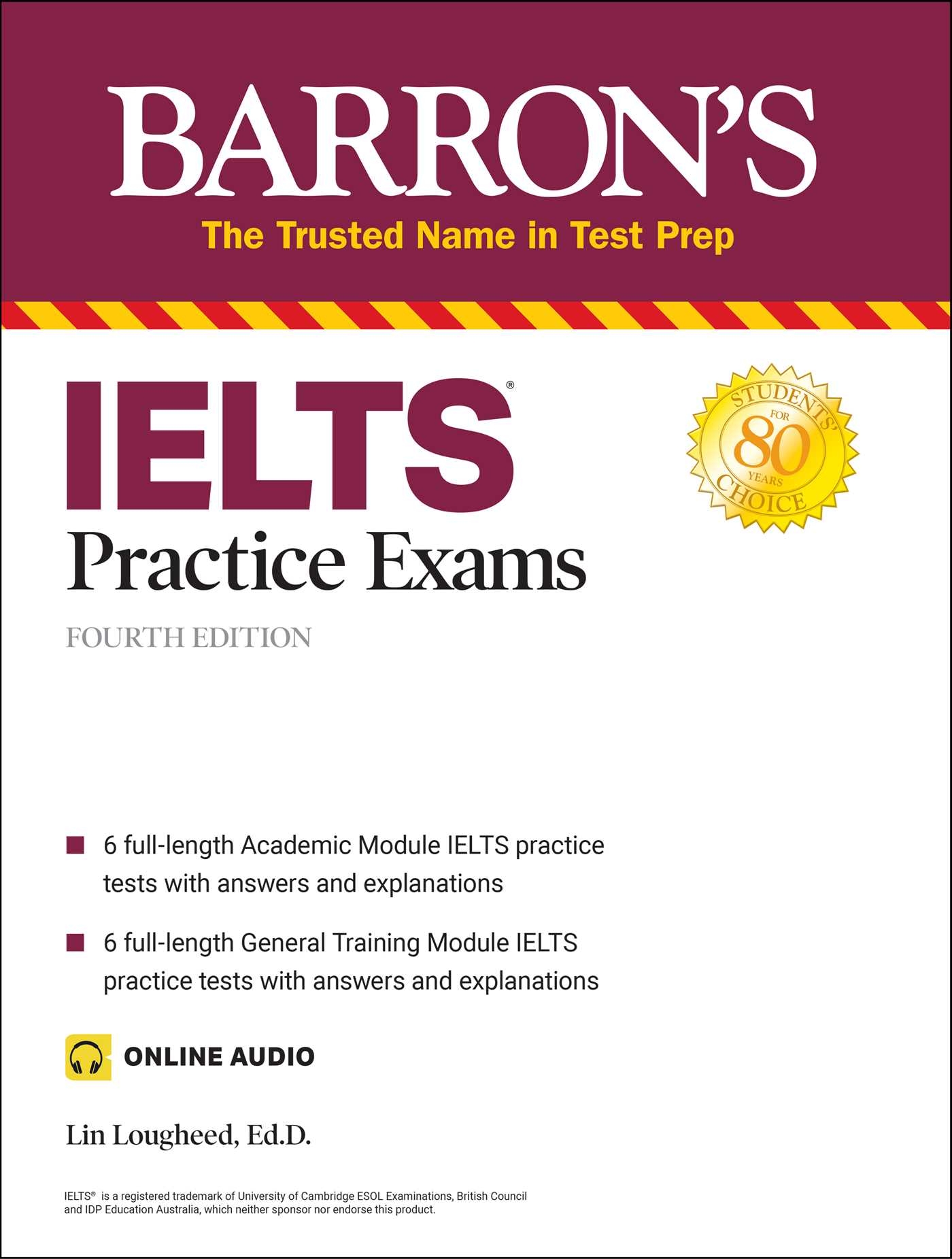The International English Language Testing System (IELTS) is a standardized test that measures the English language proficiency of non-native English speakers. It is accepted by over 10,000 organizations worldwide, including universities, employers, and immigration authorities. The test assesses all four language skills: listening, reading, writing, and speaking.
IELTS is designed to help individuals demonstrate their ability to communicate effectively in English, whether for academic or professional purposes. It is recognized as one of the most reliable and widely-used English language assessments in the world.
IELTS Test Structure
The IELTS test consists of four sections: Listening, Reading, Writing, and Speaking. The Listening and Reading sections are completed on the same day, while the Writing and Speaking sections may be done on a different day. The test takes approximately 2 hours and 45 minutes to complete.
In the Listening section, test-takers listen to recordings of native English speakers and answer questions based on the content. The Reading section assesses comprehension skills through a variety of texts, including articles, essays, and reports. The Writing section requires test-takers to write responses to prompts, while the Speaking section involves a face-to-face interview with an examiner.
Each section is scored on a scale of 0 to 9, with the overall band score being an average of the four individual scores. A band score of 6.5 or higher is typically required for admission to universities and colleges in English-speaking countries.
Preparation is key to success on the IELTS test. There are numerous resources available, including practice tests, study guides, and online courses. Familiarizing yourself with the test format and practicing regularly can help improve your performance on test day.
Overall, the IELTS test is a valuable tool for individuals seeking to demonstrate their English language proficiency for academic, professional, or immigration purposes. By understanding the test structure and preparing effectively, test-takers can increase their chances of achieving their desired band score.
